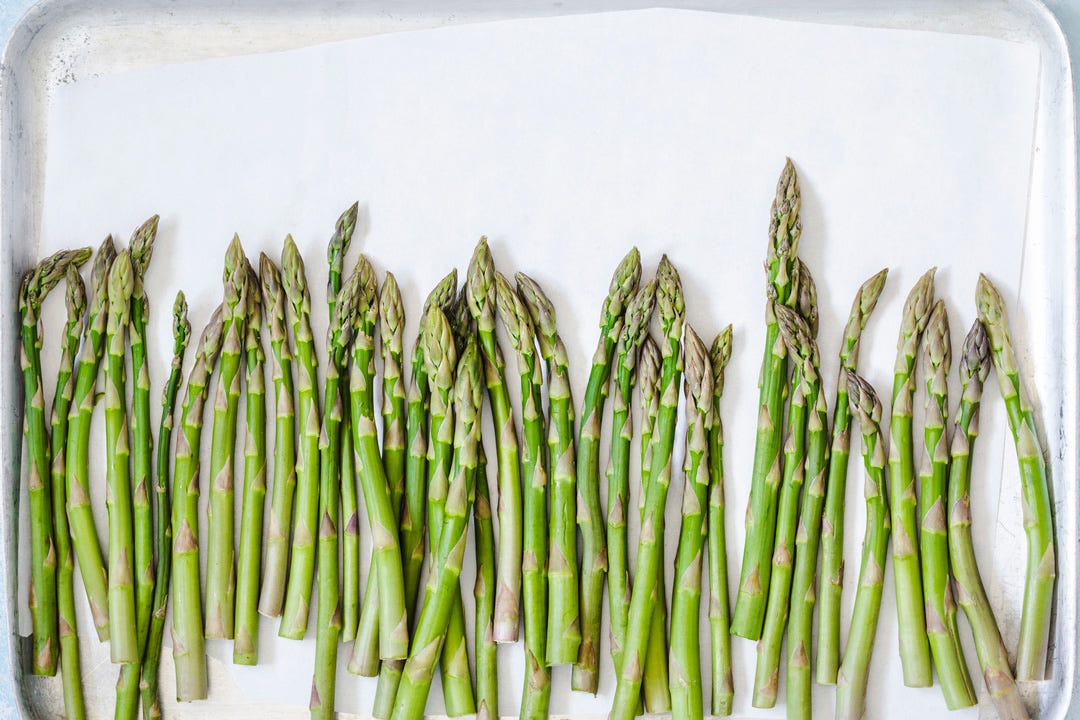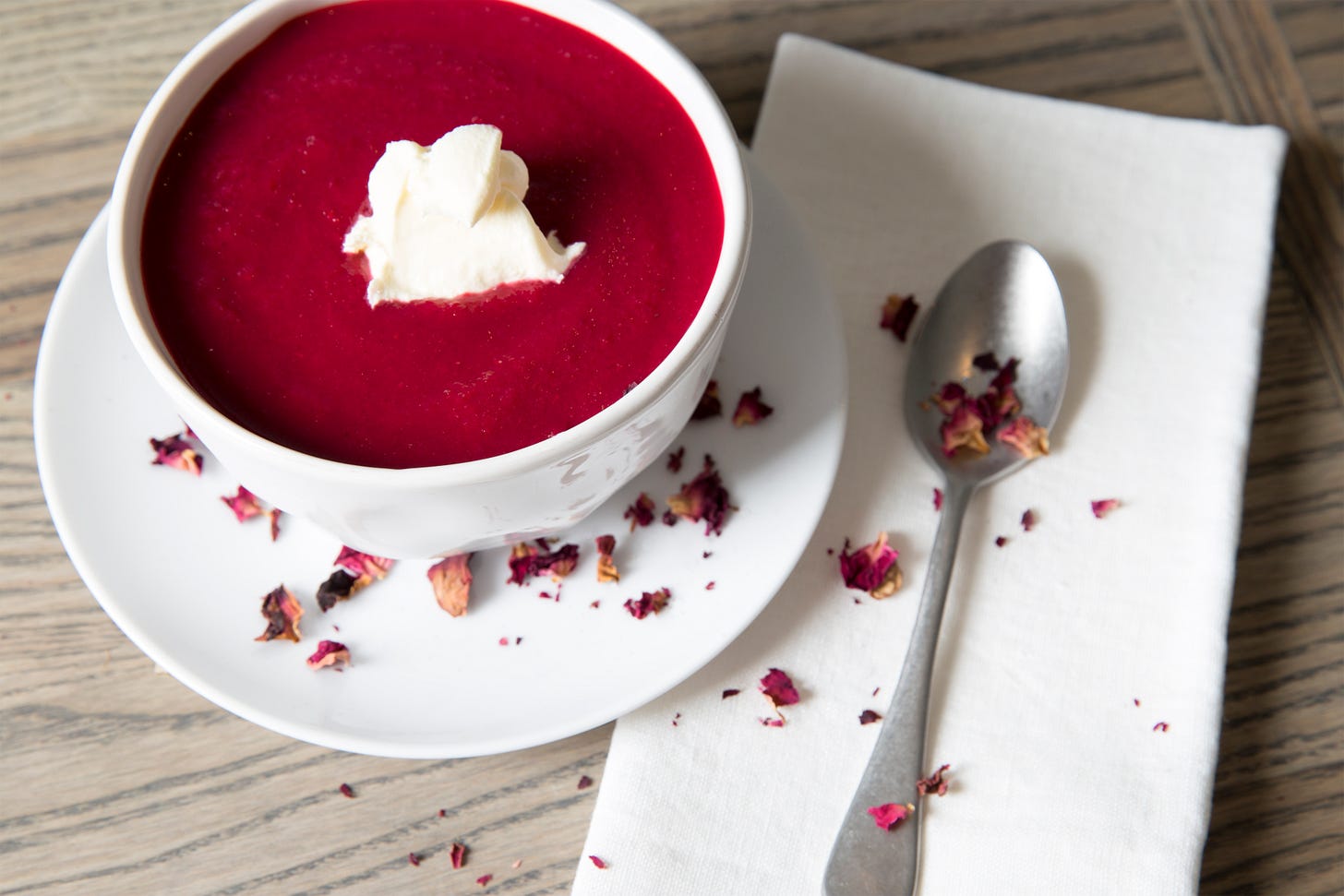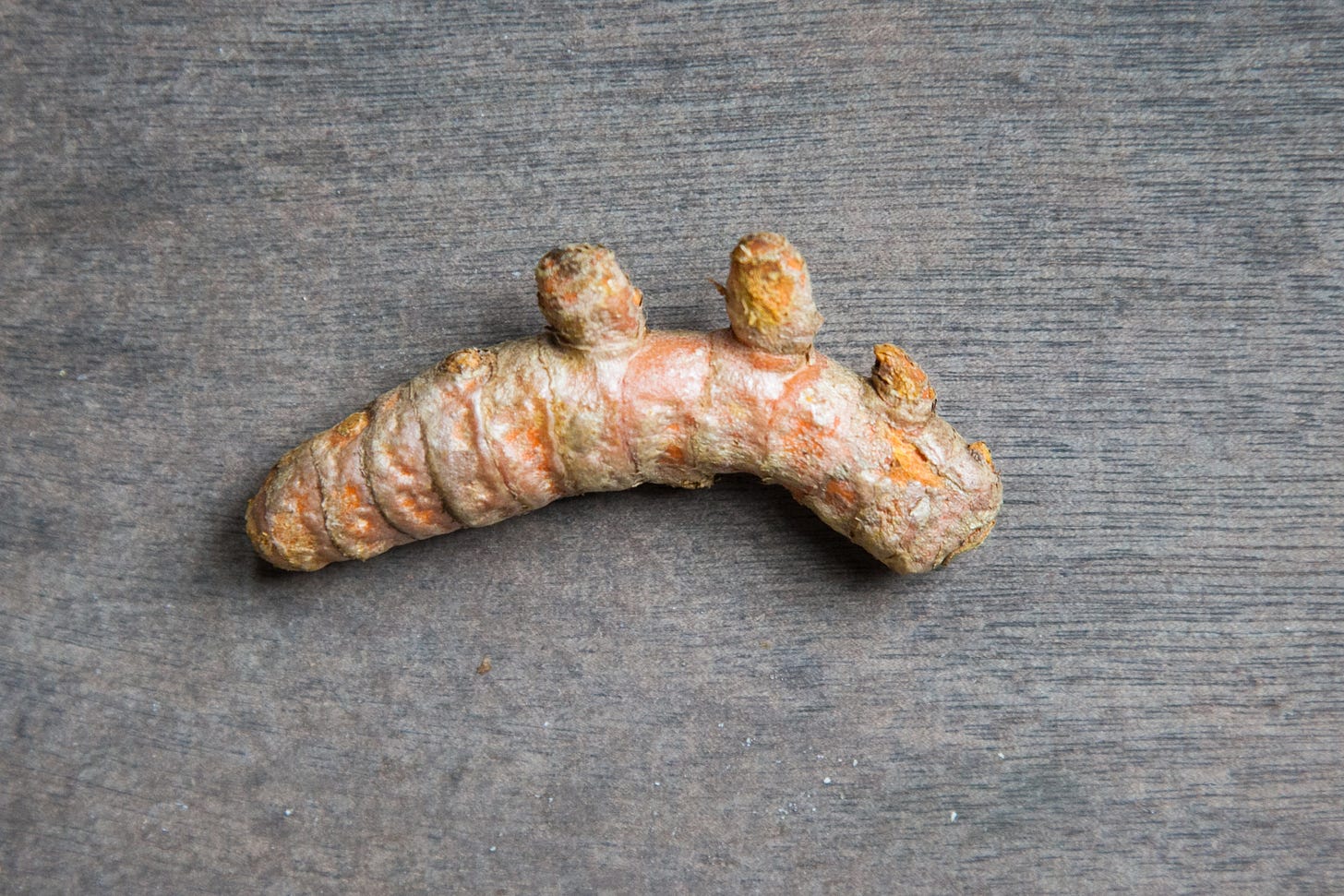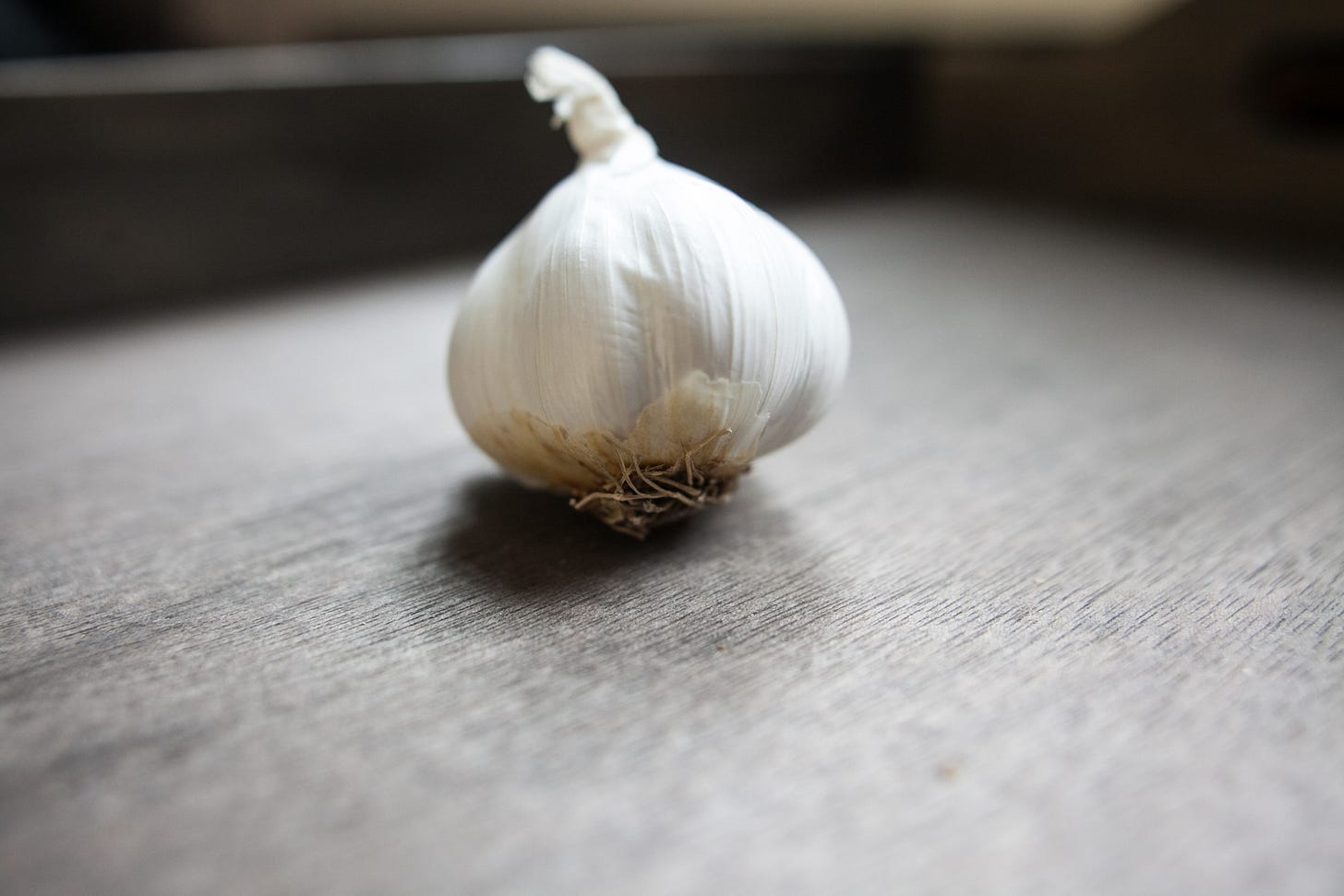In recent years, the health implications of mold exposure have surged into the spotlight. Mold, a fungal organism, disperses spores that can be inhaled or come into contact with the skin, potentially instigating a spectrum of health issues. The repercussions of mold exposure extend beyond the surface, affecting the microbiome, depleting essential glutathione levels, and escalating the body's toxic burden. While mold detoxification remains a nuanced process, adopting a mold-conscious diet is not about deprivation or attempting to starve mold out of the body. Rather, it centers on fortifying the immune system, supporting liver detoxification pathways, and nurturing a more resilient gut microbiome.
Supporting the Immune System:
A resilient immune system is crucial in defending the body against mold-related issues. To enhance immune function, it's essential to consume a nutrient-rich diet that includes a variety of fruits, vegetables, and lean proteins. Antioxidant-rich foods such as berries, leafy greens, and citrus fruits can help combat oxidative stress caused by mold exposure.
Liver Detoxification Pathways:
The liver plays a central role in detoxifying the body, breaking down toxins and facilitating their elimination. Supporting liver function is key in a mold diet. Incorporating cruciferous vegetables like broccoli, cauliflower, and Brussels sprouts into your diet is highly recommended. These vegetables contain compounds such as glucosinolates, which the body converts into bioactive compounds like sulforaphane. Sulforaphane has been shown to enhance the liver's detoxification enzymes, promoting the elimination of toxins from the body. Additionally, cruciferous vegetables are rich in antioxidants and fiber, further aiding in the detoxification process and contributing to overall liver health.
Additionally, incorporating foods like beets, turmeric, and garlic can further support these essential processes.
Beets: Beets contain betaine, a compound that assists the liver in breaking down and eliminating toxins. They are also a rich source of antioxidants, particularly betalains, which help reduce oxidative stress on the liver. Additionally, beets promote the flow of bile, a substance produced by the liver that aids in the digestion and absorption of fats.
Turmeric: Turmeric contains a potent active compound called curcumin, known for its anti-inflammatory and antioxidant properties. Curcumin has been shown to support the liver by enhancing the production of detoxification enzymes. It also helps reduce inflammation in the liver, promoting its overall health and function.
Garlic: Garlic contains sulfur compounds, such as allicin, which have been associated with liver protection and detoxification. These compounds support the activation of enzymes that facilitate the removal of toxins from the body. Garlic also has antioxidant properties that help combat oxidative stress in the liver.
Fostering a Robust Gut Microbiome:
A healthy gut microbiome is instrumental in overall well-being, and it can play a crucial role in mitigating the effects of mold exposure. Specific probiotic bacteria play a crucial role in mitigating mycotoxin effects, facilitating your body's recovery from mold illness. The probiotic strain Lactobacillus casei Shirota, for instance, binds aflatoxin. Additionally, Lactobacillus plantarum and Bifidobacteria not only inhibit mycotoxin-induced intestinal damage but also have the capability to bind mycotoxins, contributing to their removal from the body. Including prebiotic-rich foods such as garlic, onions, and green bananas can also provide the necessary fuel for beneficial gut bacteria.
Omega-3 Fatty Acids for Optimal Health:
Omega-3 fatty acids are known for their anti-inflammatory properties, making them valuable in combating the inflammatory responses triggered by mold exposure. Wild-caught king salmon is an excellent source of omega-3s and can be included in the daily diet. Grass-fed beef is another alternative, providing a nutrient-dense option for those seeking to boost omega-3 levels without resorting to high-histamine foods.
Low-Histamine Alternatives:
Maintaining a low-histamine diet is essential for individuals sensitive to mold-related toxins. High-histamine foods can exacerbate symptoms and should be avoided. In addition to wild-caught king salmon and grass-finished beef, other low-histamine options include turkey, lamb, and fresh vegetables like zucchini and green beans. These alternatives provide essential nutrients without triggering histamine reactions.
Foods to Avoid:
Gluten: Given its inflammatory impact, adopting a gluten-free diet is prudent. Gluten, found in wheat and other grains, amplifies the inflammatory load on the body.
Acellular Carbohydrates and Refined Sugar: These contribute to inflammation and should be minimized to reduce the overall inflammatory burden.
Dairy: While dairy can be a source of essential nutrients, some individuals may benefit from minimizing or eliminating it due to its potential inflammatory effects. If you're grappling with mold illness, I suggest undergoing a three-week trial elimination of all dairy. You might observe an improvement in how you feel during this period.
Industrial Seed Oils: These oils, including corn oil, canola oil, and soybean oil are high in omega-6 fatty acids, that can contribute to inflammation. Opting for healthier oil alternatives like olive oil or coconut oil is recommended.
Moldy Foods to Avoid:
Grains: Certain grains can harbor mold contaminants, contributing to the body's toxic burden. This includes, wheat, barley, oats, rye, corn, rice, sorghum, and triticale
Meat and Milk from Grain-fed Animals: Animals fed with mold-contaminated grains can transfer these toxins to their meat and milk products.
Dried Fruits: The drying process of fruits can create an environment conducive to mold growth. I suggest drying your own fruit at home using fresh, mold-free fruit in an environment with low humidity to inhibit the growth of mold.
Cheese: Although full-fat, fermented, grass-fed dairy products may be suitable for some individuals dealing with mold-related issues, there's a notable exception to this recommendation: cheese. The cheese-making process elevates the concentration of mycotoxins in both soft and hard cheeses.
Conventional Coffee: Mold contamination is a concern in conventionally processed coffee. Opt for high-quality, mold-free coffee options, such as Lifeboost.
Wine and Beer: Fermented beverages like wine and beer may contain mold, which can exacerbate mold-related health issues. Dry Farm Wines offers wines that are verified free of pesticides.
Peanuts: Are often contaminated with aflatoxin, a hepatotoxic and DNA-damaging mycotoxin.
Tea: Black tea and pu-erh tea undergo extensive fermentation, making them potential contributors to significant mold exposure. Pique Tea could be an excellent option for individuals who are unwilling to part with their tea but have sensitivity to mold and mycotoxins. Pique Tea goes the extra mile by testing their teas for mold contamination, a practice that sets them apart from other tea companies I've encountered.
Helpful Link:
1. Chris Kresser with mold specialist Dr. Richie Shoemaker: https://chriskresser.com/dr-ritchie-shoemaker-on-chronic-inflammatory-response-syndrome/
References:
Alshannaq A, Yu JH. Occurrence, Toxicity, and Analysis of Major Mycotoxins in Food. Int J Environ Res Public Health. 2017 Jun 13;14(6):632. doi: 10.3390/ijerph14060632. PMID: 28608841; PMCID: PMC5486318.
Huang W, Chang J, Wang P, Liu C, Yin Q, Song A, Gao T, Dang X, Lu F. Effect of Compound Probiotics and Mycotoxin Degradation Enzymes on Alleviating Cytotoxicity of Swine Jejunal Epithelial Cells Induced by Aflatoxin B₁ and Zearalenone. Toxins (Basel). 2019 Jan 1;11(1):12. doi: 10.3390/toxins11010012. PMID: 30609651; PMCID: PMC6356961.
Liew WP, Nurul-Adilah Z, Than LTL, Mohd-Redzwan S. The Binding Efficiency and Interaction of Lactobacillus casei Shirota Toward Aflatoxin B1. Front Microbiol. 2018 Jul 10;9:1503. doi: 10.3389/fmicb.2018.01503. PMID: 30042748; PMCID: PMC6048233.
Nan M, Xue H, Bi Y. Contamination, Detection and Control of Mycotoxins in Fruits and Vegetables. Toxins (Basel). 2022 Apr 27;14(5):309. doi: 10.3390/toxins14050309. PMID: 35622556; PMCID: PMC9143439.
Norlia M, Jinap S, Nor-Khaizura MAR, Radu S, Samsudin NIP, Azri FA. Aspergillus section Flavi and Aflatoxins: Occurrence, Detection, and Identification in Raw Peanuts and Peanut-Based Products Along the Supply Chain. Front Microbiol. 2019 Nov 22;10:2602. doi: 10.3389/fmicb.2019.02602. PMID: 31824445; PMCID: PMC6886384.










